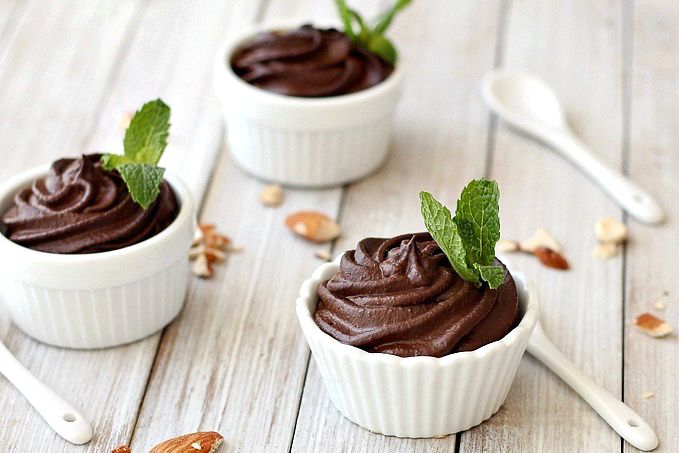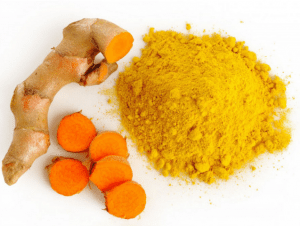How Much Sugar is Too Much?
Calculating Refined Sugar Intake In Teaspoons 
- A healthy adult human being has approximately 5 liters of blood circulating at any given moment.
- In that 5 Liters of Blood a grand total of 1 teaspoon of sugar is available during a fasting state. That’s all the body needs to function.
- In 12-ounces of soda or energy drinks typically contain approximately 10 teaspoons of sugar.
- That little beverage effectively raises the blood sugar 10 times above what the body needs to function and typically within a matter of minutes.
To Decode the refined sugar in your diet simply do the following wherever refined sugars are listed in the ingredients.
1 Teaspoon of Sugar = Approximately 4 Grams of Sugar
In other words take the total grams of refined sugar and divide by 4 to learn how many teaspoons of sugar you are consuming per serving.
More About Refined Sugar
The Recommended Total Consumption of Refined Sugar & High Fructose Corn Syrup is less than 1 pound per month for Optimal Immune Health. Use the conversions below to assess how much sugar you are consuming each day.
- 1 teaspoon of Sugar = 4.2 grams = approximately 4 grams
- 453 grams of Sugar = 1 pound of Sugar
- 115 teaspoons of Sugar = 1 pound of Sugar
- 11 Sodas (132 Ounces) = 2, 2-Liter Bottles of Soda =
- 1 pound of Sugar 1 Soda (12 Ounces) = 39 grams of Sugar = Approximately 10 teaspoons of Sugar
- 1 Soda (20 Ounces) = 69 grams of Sugar = Approx. 16.5 teaspoons of Sugar
- 1 Soda (2 Liters) = 67 ounces of Soda = 221 grams of Sugar = ½ pound of Sugar
Drinking 1 Soda (12 Ounces) per day = 30 Sodas per month = 2.65 pounds of Sugar per month from Soda alone = 360 teaspoons of sugar your body will have to use, store or eliminate in order to remain in balance at 1 teaspoon circulating in the blood stream.
I would also say that I would not count fruits, vegetables, and whole grains to this total…just refined sugars like white sugar, brown sugar, high fructose corn syrup, dextrose, dextrin, maltodextrin, agave syrup, maple syrup, and evaporated cane juice.
The US governments projects that average annual refined sugar consumption alone…not counting any other sweetener will be 74 or more pounds per year for the next 20 years. And we wonder why diabetes is the fastest growing pathology in the United States today.



